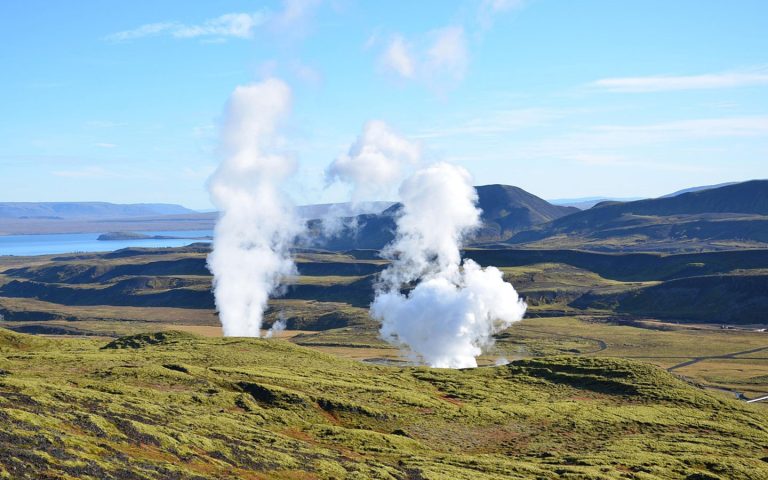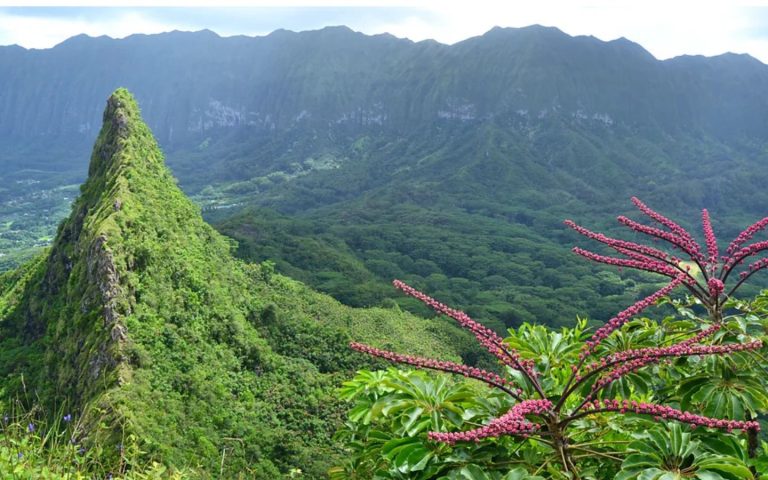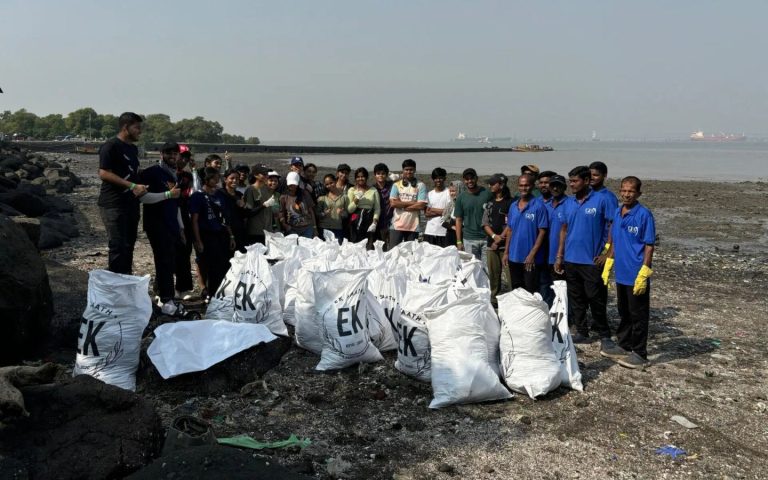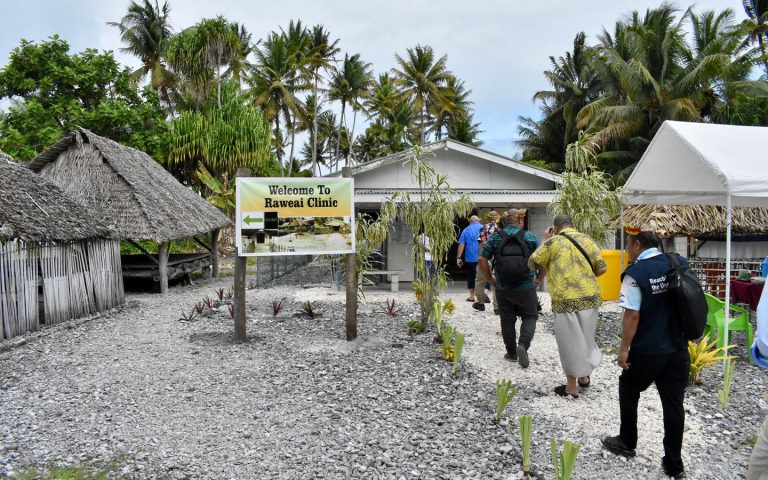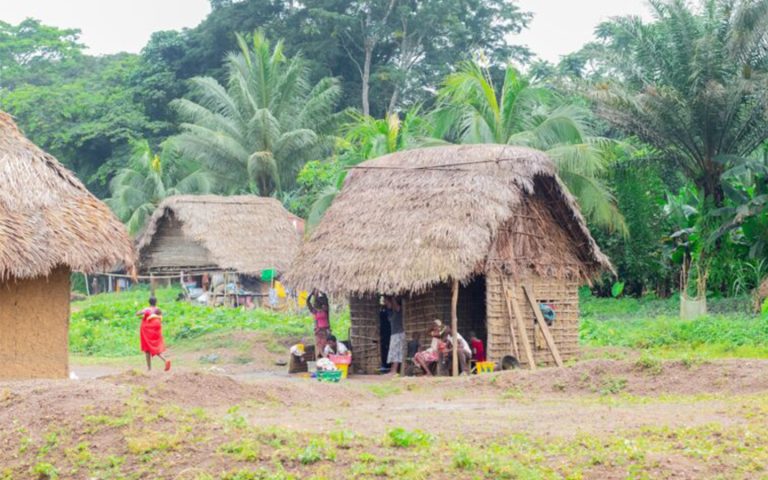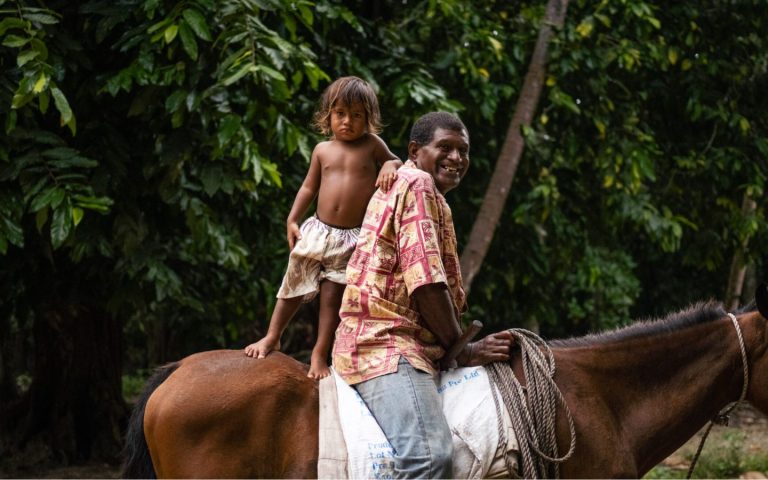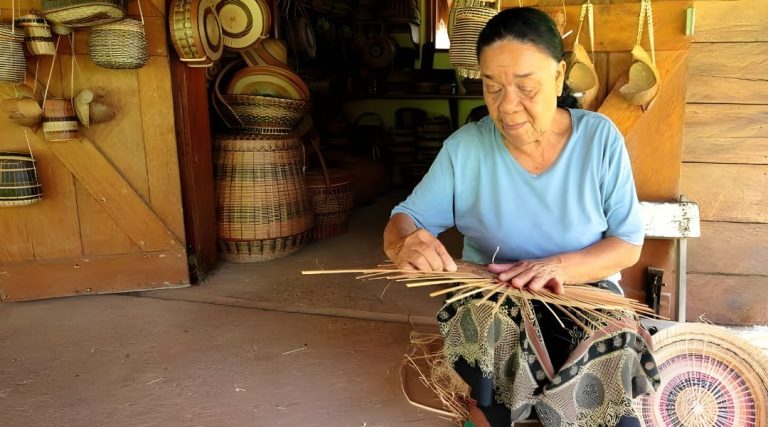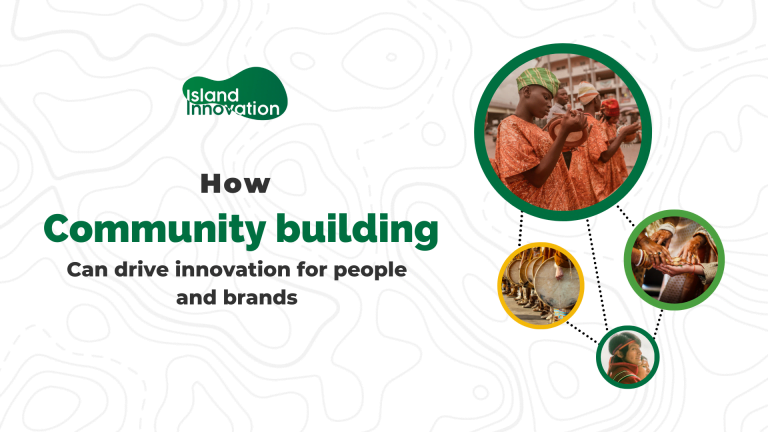Photograph by Ulf Svane. Retrieved from nationalgeographic.com
Excerpt from nationalgeographic.com
The river has eyes. Flashes of blood red and pearly white peer through curtains of coconut palms along the riverbank. Others push through the flotsam and jetsam of the Mekong, breaking up congregations of swollen-stalked water hyacinths and coconut husks borne along by the torpid current. Legend has it that this mighty waterway is ruled by river monsters, but these fiery eyes are painted onto boats — big ones laid low with mountains of coconuts, little ones ferrying fishing traps and fruit farmers cradling jackfruits and durians.
“It’s a tradition of the area to decorate boats like this,” says my guide Jerry Le, baseball cap in hand, his American-inflected drawl lifted onto the breeze that follows in the wake of a large cargo ship passing our open-sided sampan boat. “We believe the eyes are a window to the soul, so by painting the eyes on, they’re giving the boats a soul. Then the boats help protect their owners — especially at night.”
Known locally as the Nine Dragon River, the Mekong has so many limbs that it’s easy to get lost in its anatomy. It writhes for 2,700 miles from China through Myanmar, Laos, Thailand and Cambodia until eventually erupting in Vietnam at its widest point, where I’m sailing its delta for three days. From Ho Chi Minh City, we’d driven two hours south west to a tiny jungle dock at Mo Cay near the point where the river drains into the South China Sea. The plan is to head deeper west into its tributaries to reach the Mekong city of Can Tho.
In Ben Tre province, where my boat has launched, coconuts are at the heart of life for entire communities. We motor past women hunched in their riverside front yards, husking their harvests with machetes. Open-sided barns are piled high with coconuts ready for processing.


